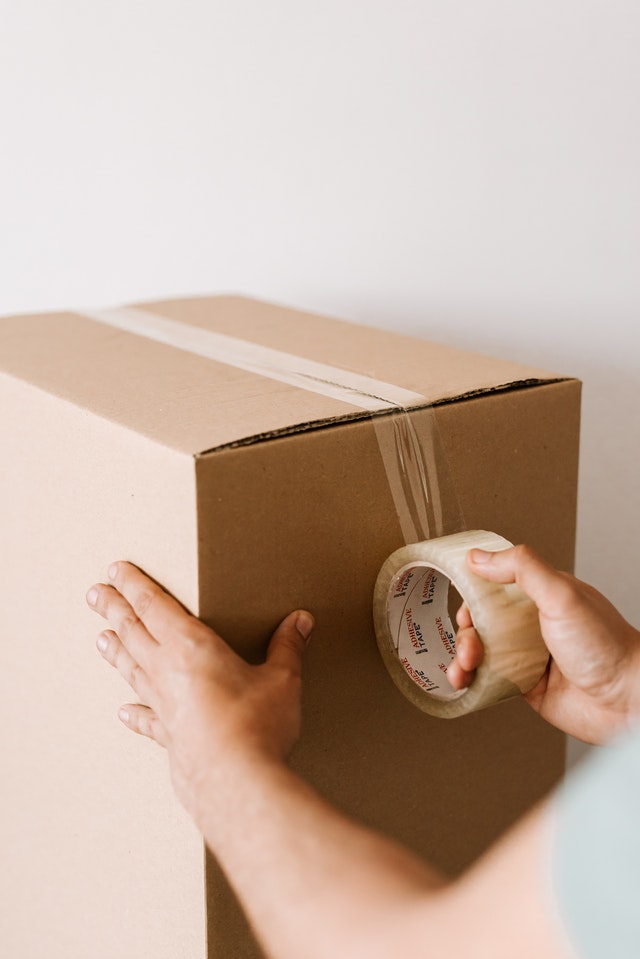When you think of all the places where you are most likely to get injured, your home is often the last place that comes to mind. Homes are perceived as havens of safety, and we usually don’t associate them with danger. Yet, you are as likely to get injured in your home as outside it.
Homes contain a jumble of very useful but also potentially dangerous items. Moreover, as East Bay PMC explains, simply because we spend so much time in them, the probability of getting injured at home is quite high. Many of the injuries people suffer at home are caused by perfectly innocent activities.
One good example of an ordinary household event that offers opportunities for physical injuries is moving house. The two injuries most likely to occur during a house move are back and knee injuries. Other common ones are cuts, scrapes, and broken toes or fingers.
But injuries when moving house are completely preventable. All that is needed is for people to be more aware of the dangers and take steps to protect themselves. If you are getting ready to move house, here are some tips to help you avoid injury. These twelve moving safety tips will help you move the right way.
1. Get enough sleep

If you don’t get enough sleep the night before moving day, you will not have a clear head on moving day. A tired body and distracted mind will make you more prone to errors of judgment. Instead of staying up late, go to bed early, and wake up before your usual time.
2. Eat and drink lots of water
Some people work better on an empty stomach. That is alright when you are not lifting heavy stuff; get something to eat. But more importantly, keep hydrated throughout the day by drinking lots of water. More water equals supple muscles and a lower risk of injury.
3. Stretch throughout the day
Muscles are always a bit stiff when you wake up; limber up with light stretching. But don’t stop there; do it throughout the day. During a house move, you will put your body into all sorts of unfamiliar positions. You can reduce the risk of muscular sprains and tears by doing a lot of stretching.
4. Wear appropriate clothing

The rights clothes are comfortable; they are made of breathable fabric. They are not restrictive, but let you bend, squat, or reach freely. They are not loose and do not have parts that can get caught on edges or between doors. Also wear the right shoes; not flip- flops, heels, or sandals.
5. Plan before you attack
A little planning will reduce the amount of work you have to do. Less work means less effort and a reduced risk of injuries. For instance, plan for where to park the truck. Make sure it is a short distance from the door and there are no obstructions in the way.
6. Pack boxes correctly

Boxes must be packed to be easy to handle. Two things to avoid are boxes that are too heavy and unwieldy boxes. Both increase the probability of injuries. Always put the heaviest items in a box at the bottom and seal the bottom of boxes to prevent bursting.
7. Wrap sharp objects before packing them
All sharp or pointed objects should be securely wrapped; make sure they cannot pierce their wrapping and poke out of the sides of boxes. To eliminate this possibility, wrap them in packing paper or bubble wrap, and once again with a dish towel before finally securing them with a rubber band.
8. Do not lift more than you should
Do not lift loads that are more than 50 pounds by yourself. Anything above 50 pounds should be carried by two or more people. Depending on the shape of the box or item, some loads which are 50 pounds or below may need more than one person to lift them.
9. Use the right lifting technique
Even when lifting loads within the 50-pound limit, you may still get injured if you wrongly lift them. Always lift with the hips and not with your back. To lift a heavy item, bend your knees with your back erect until you are in a squatting position. Grasp the load and rise the same way you went down.
10. Get a dolly
Money spent hiring a dolly and other moving equipment is totally worth it if they can save you from injuries. A dolly not only makes the work of moving heavy stuff safer, but it also makes it easier a nd faster. Rent a dolly and save your back the strain.
11. Keep the path clear
Designate a pathway in your home where most of the stuff will pass. Keep that pathway completely free of objects. It is easy to trip over toys (or other small items) when carrying a box since you often can’t see the floor directly in front of you.
12. Keep kids and pets out of the way
To prevent children from getting underfoot, have them occupied somewhere. Pests should be restrained inside a kennel or similar places. Small children are excited by the activities during a house move and often want to help, but they will cause you troubles.



